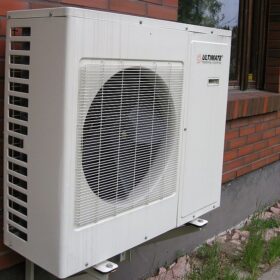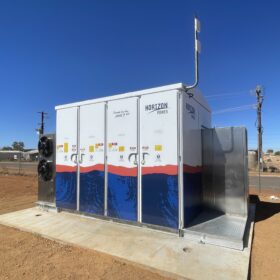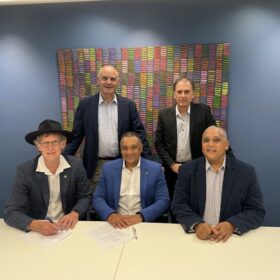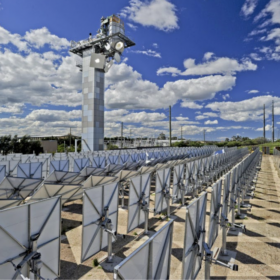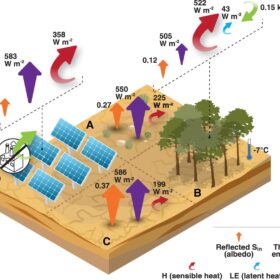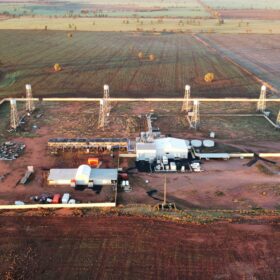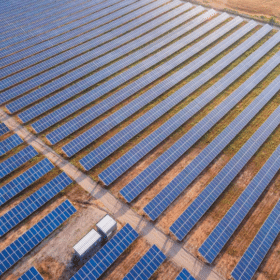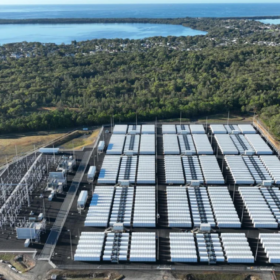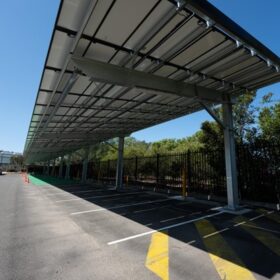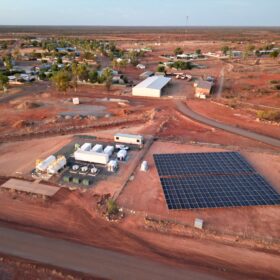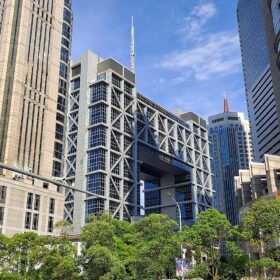Renewables helping China to halve power prices compared to Australia, Europe
Wood Mackenzie says in a new report that China could install 230 GW of PV and wind capacity and export more than 200 GW of solar panels in 2023. Unlike Europe and United States, the country is avoiding the high curtailment of PV and wind.
Adaptation to climate change is a vital discussion we need to have
While mitigation remains the best strategy, Amy Steel argues it is now vital to start having frank discussions around climate adaption.
Performance parameters for residential heat pumps linked to PV, storage
German researchers measured a PV-powered heat pump with battery storage in a single-family home in Freiburg, Germany, for a period of a year. It features smart grid-ready tech that adjusts operations based on the grid.
Another WA town transitions to solar and batteries
Cue, a town in Western Australia’s midwest, has installed 259 kW of solar and a 336 kWh battery system to wean itself off diesel. The installation is part of Horizon Power’s Midwest Solar Program and belongs within a much larger state-wide transformation.
Sunshine Hydro signs 20% First Nations equity deal on flagship Queensland project
Sunshine Hydro and project partner Energy Estate have signed an agreement to give First Nations stakeholders a 20% equity option in the companies’ Djandori Gung-i Superhybrid project at Miriam Vale, Queensland. The project proposes to deliver up to 600 MW of pumped hydro capacity and up to 300 MW of hydrogen electrolysers.
Sparc selects Adelaide site to pilot photocatalytic hydrogen production following CSIRO demo
Having completed first prototype testing outside the lab for its green hydrogen photocatalytic water splitting technology, joint venture company Sparc Hydrogen has been working on its pilot plant study, selecting a site “proximal to Adelaide.”
With China PV modules reaching record low prices, is there a chance for local PV manufacturing elsewhere?
From the International Solar Energy Society’s perspective, and the vision of a world with 100% renewable energy for everyone used wisely and efficiently, PV module production should not become an oligopoly and should not be concentrated in one corner of the world.
New research claims PV outperforms afforestation in combating climate change
Scientists from Israel have calculated how long it would take for PV plants and afforestation projects to offset their warming impacts caused by the darkening of land. The results showed that in drylands, PV fields could be over 50 times more efficient than afforestation.
Thermal storage company breaks ground on its renewable agriculture facility in NSW
Australian thermal storage company, Graphite Energy, has broken ground on its Lake Cargelligo facility in New South Wales which aims to demonstrate how renewable energy and agriculture can coexist through agrivoltaic and green house systems.
Mytilineos secures PPA for 120 MW Queensland solar farm in development
Australia’s National Broadband Network (nbn) Corporation has signed an offtake deal with Greek developer Mytilineos to take 59 GWh per annum from its Munna Creek solar farm north of Brisbane, Queensland.


